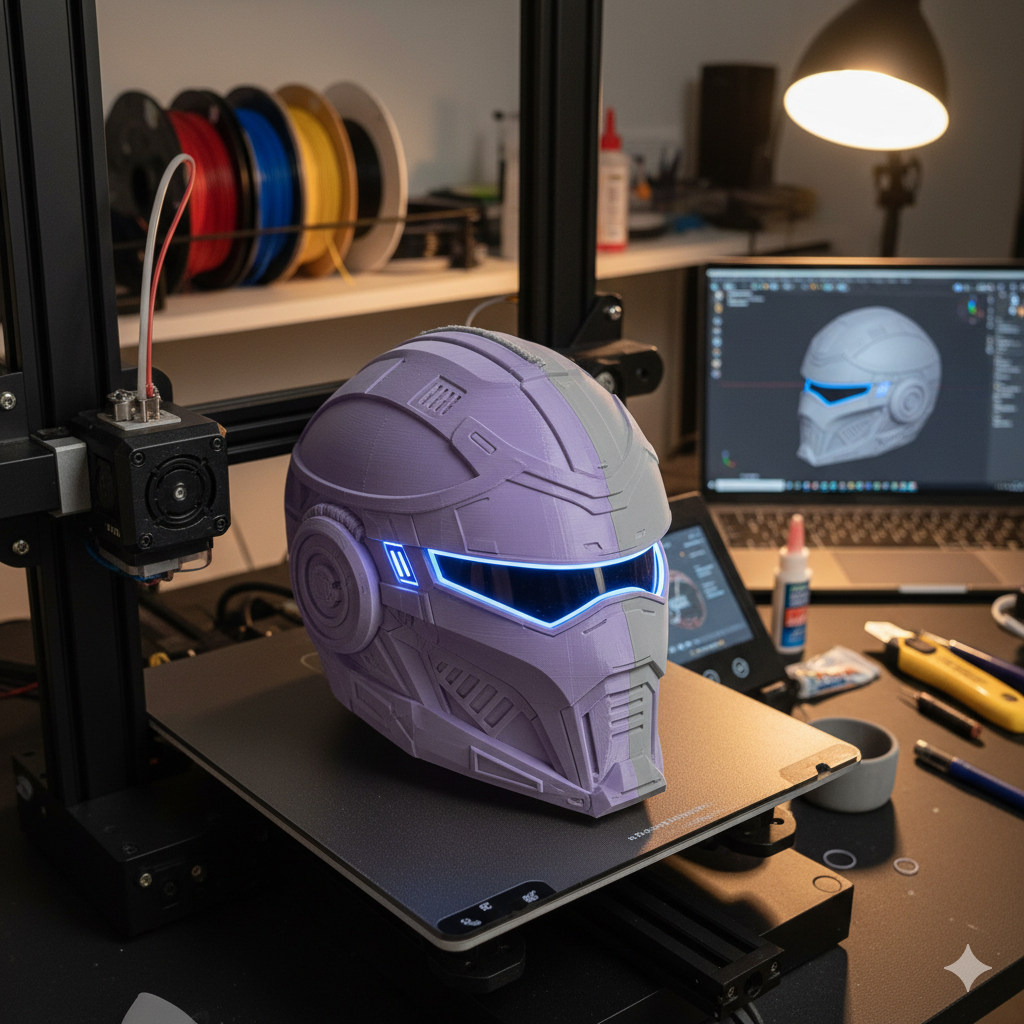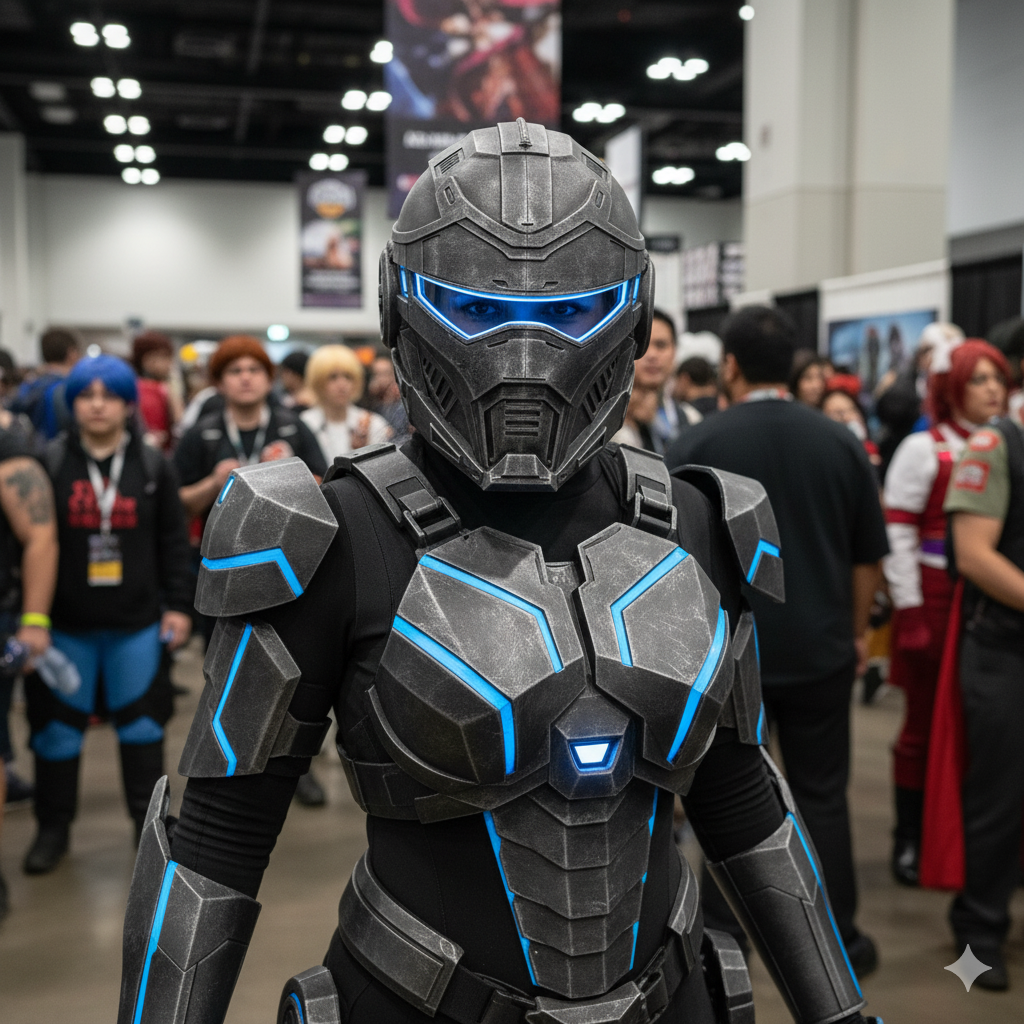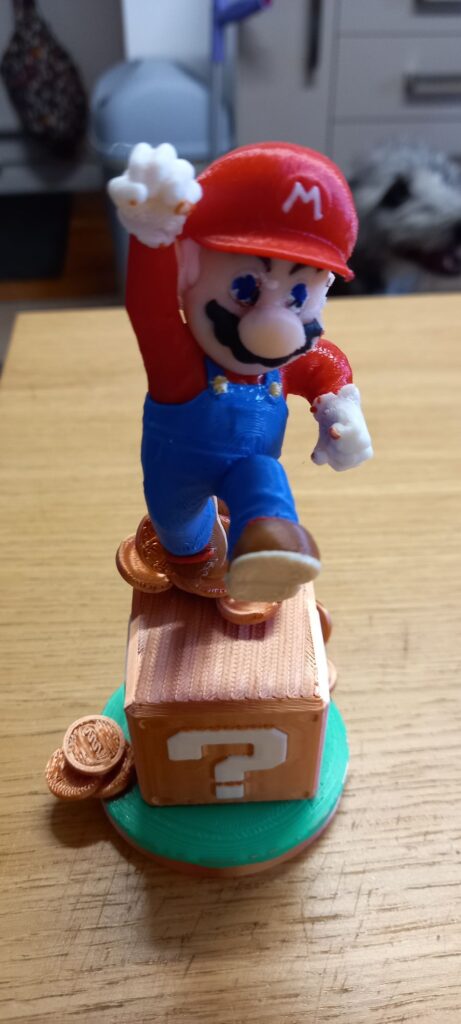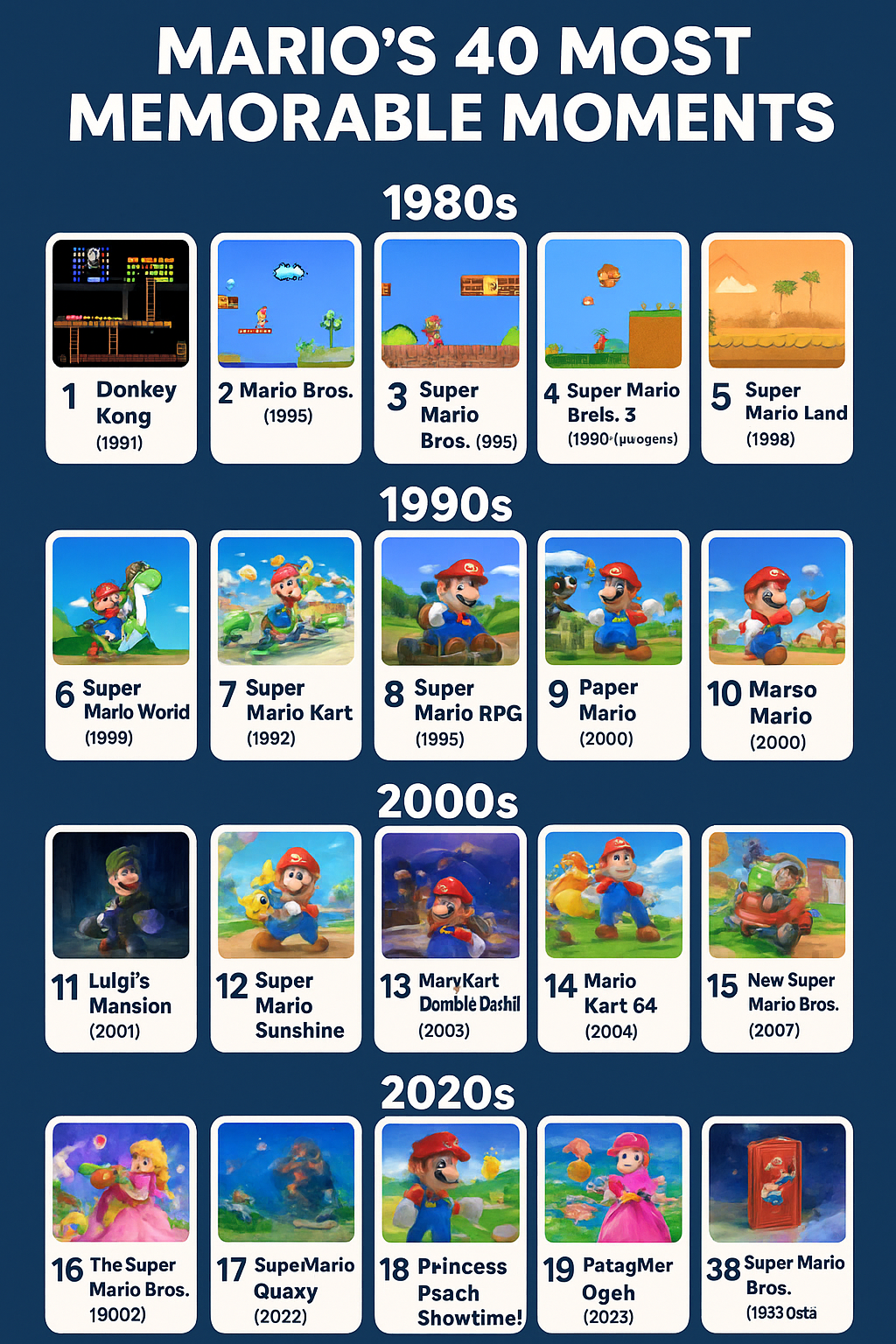3D Printed Movie & Cartoon Figures COSMASK.COM
Movie & Cartoon Figures: From Concept to Shelf
Introduction
In recent years, 3D printing has revolutionised the creation of collectible figurines, props, and character replicas from film and cartoons — think Marvel, Star Wars, anime, and beyond. What once required costly molds and mass production can now be achieved in small runs, customization, or even one-off pieces. In this article, we’ll explore the workflow, tips, challenges, and opportunities involved in 3D printing figures inspired by your favorite franchises.
Target Keywords (for SEO):
- 3D printed movie figures
- 3D printing figurines
- film character 3D printing
- Marvel 3D print figures
- Star Wars 3D printing
- 3D printed cartoon characters
You should sprinkle these naturally across headings, body content, image alt-tags, meta description, etc.
Why 3D Printing Figures Makes Sense Now
- Lower barrier to entry — You don’t need injection molds or huge upfront investment.
- Customization & limited editions — Ability to make variant poses, sizes, or personalized versions.
- Fan-driven demand — Collectors love owning unique or alternative versions of characters.
- Rapid prototyping & iterative design — You can refine sculpt details and test prints quickly.
In the world of fan art and licenced merchandising, 3D printing bridges the gap between digital concept and physical collectable.
Workflow: From 3D Model to Final Figure
Below is a high-level pipeline:
| Stage | Description | Tips / Tools |
|---|---|---|
| Concept / Reference Gathering | Collect reference images, orthographic views, rotating models | Use official art, screenshots, concept art; ensure consistency in proportions |
| 3D Modelling / Sculpting | Sculpt the character in software (ZBrush, Blender, etc.) | Work in high resolution; maintain clean topology; separate parts if necessary |
| Retopology & Hollowing | Reduce polygon count, create surface mesh, hollow out thick walls | Hollowing with consistent wall thickness helps reduce print cost and weight |
| Support Structure / Slicing | Prepare supports, orient parts for best printability | Use slicing software like Cura, PrusaSlicer or Chitubox; test orientations |
| 3D Printing | Use FDM, SLA, or resin printing depending on desired detail | For very fine detail, resin printers (MSLA, SLA) often yield superior results |
| Post-Processing | Clean, sand, prime, assemble, paint | Use filler putty, fine sandpaper, primer layers, and proper paints |
| Finishing & Display | Apply varnish, decals, mount on base | UV coat, gloss/dull finishes, custom base designs elevate the final piece |
Choosing the Right 3D Printing Technology
- FDM / Fused Filament (PLA, ABS, PETG, etc.) — Affordable, good for larger, less detailed parts
- Resin / SLA / MSLA — Much finer detail, smoother surfaces, ideal for faces, fabrics, small features
- Multi-material / color printers — For integrated color or multiple materials in one print
Each method brings tradeoffs in cost, resolution, strength, and ease.
Key Challenges & How to Overcome Them
- Overhangs & fine features collapsing
- Use supports, orient parts smartly, or split into sub-sections.
- Warping / shrinkage
- Use heated beds, enclosures, and consider the material’s coefficient.
- Print time & cost
- Hollow parts, reduce infill, optimize support usage.
- Seams & layer lines
- Use sanding, filler, and primer to smooth transitions.
- Paint adhesion & finishing
- Use suitable primers, ensure surfaces are clean, use thin paint layers.
Legal & Licensing Considerations
If you’re producing figures based on copyrighted characters (Marvel, Star Wars, Disney, etc.), be aware:
- Personal / Hobby use is usually tolerated in many fandoms but doesn’t always guarantee legal safety.
- Selling such figures—even small batches—can risk infringement unless you have licencing.
- Consider fan art disclaimers, limited edition runs with low volume, or seeking licence rights if you plan commercial ventures.
Always do your due diligence based on your country’s IP rules.
Conclusion & Call to Action
3D printing figures from film and cartoons offers an exciting blend of creativity, fabrication, and fandom. Whether you’re a hobbyist wanting to recreate your favorite superhero or a small studio looking to produce collectible editions, the barrier to entry is lower than ever — provided you understand the workflow, address technical hurdles, and handle legal risk carefully.
If you enjoyed this guide, consider checking out:
- Tutorials on painting 3D printed miniatures
- In-depth comparisons of resin printers vs FDM
- Showcases of fan-made 3D printed figures
- A gallery of your own 3D figure prints (upload your work!)
Feel free to send me your preferred voice/tone (casual, technical, fan-oriented) or let me know if you want a shorter blog version or a version focused on a particular franchise (Marvel, Star Wars, anime, etc.).







